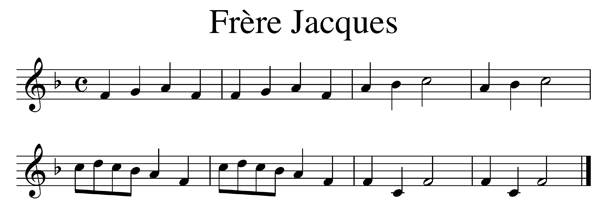The passacaglia originated in early seventeenth-century Spain, initially as an interlude between dances or songs. By the 1620’s, Italian composer Girolamo Frescobaldi transformed it into a series of continuous variations over a bass. The chaconne is a similar form, but because early composers were indiscriminate in their use of the two words, it is unclear what the difference might be between them.
While no order to the set of variations is prescribed, typically there would be an increase in complexity as the piece progresses. A sample progression might include:
- Statement of the theme alone
- Addition of a second voice
- Addition of a third voice
- Addition of a fourth voice
- Eighth note motion (for a theme originally in quarters and halves)
- Triplets
- Sixteenth notes
- Suspensions
- Arpeggios
Following the model of Johann Sebastian Bach, many passacaglias now conclude with a fugue based upon the initial bass line melody. Composers may also choose to treat the bass as a melody, adding other transformations and modulations to further develop the theme.
Themes:




Pachelbel Canon:

Bach Passacaglia:

Also see La Folía.
Videos:
Marcel Dupré – Improvisation: Passacaglia – Cologne Cathedral
Marcel Dupré – Improvised Passacaglia
Paul Kayser – Passacaglia over ‘O Haupt voll Blut und Wunden’ – Dudelange, Luxembourg
Baptiste-Florian Marle-Ouvrard – Passacaille Improvisée sur un thème d’Escaich – Nantes, France
William Porter – Improvisation: Four Modal Variations on Salve Regina: IV (Introduction and Passacaglia)
Martin Sturm – Introduction, Passacaglia and Fugue on a theme of Marie-Claire Alain – Seligenporten (DE)

